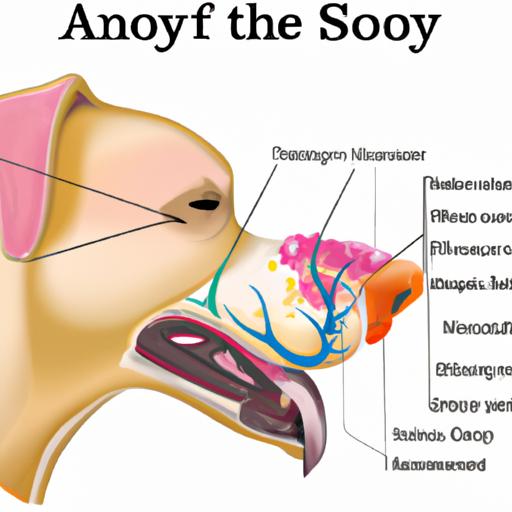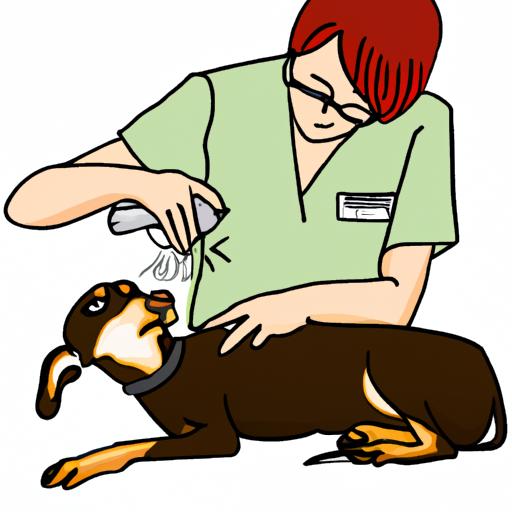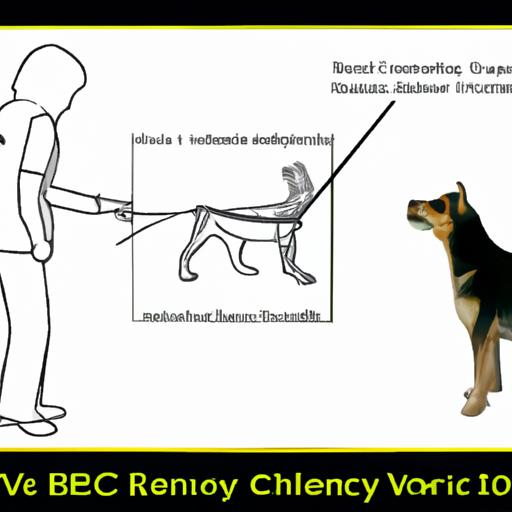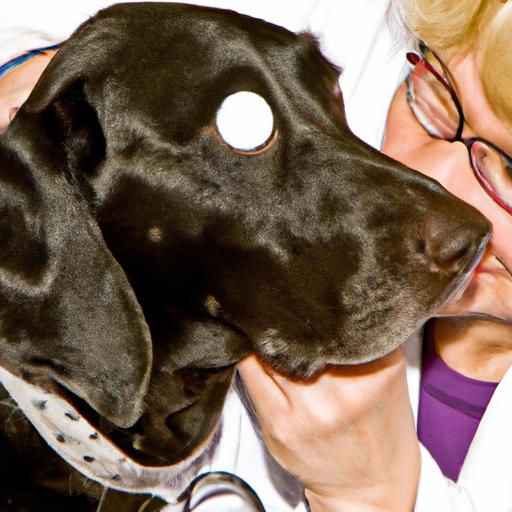
Canine Nasal Tumors: Recognizing Nose Growths
Learn how to recognize and understand canine nasal tumors with our comprehensive guide on nose growths in dogs. Early detection is crucial!
Introduction
Welcome to our comprehensive guide on canine nasal tumors, where we delve into the importance of recognizing and understanding nose growths in dogs. As responsible pet owners, it is crucial to be aware of the signs and symptoms associated with nasal tumors, as early detection and diagnosis can greatly impact the treatment and prognosis for our beloved furry friends.

Understanding Canine Nasal Tumors
Canine nasal tumors are abnormal growths that occur within a dog’s nasal cavity. These tumors can be benign or malignant, and they can arise from various tissues within the nasal passage. It’s important to note that the causes of nasal tumors in dogs are not entirely understood, but there are several risk factors that have been identified.
Some common symptoms of nasal tumors in dogs include nasal discharge, sneezing, difficulty breathing, facial swelling, and even nosebleeds. If you notice any of these warning signs, it is crucial to consult your veterinarian promptly for a proper diagnosis.
Diagnostic procedures such as imaging tests, endoscopy, and biopsies are typically employed to confirm the presence of nasal tumors in dogs. The results of these tests will help guide further treatment decisions.
Frequently Asked Questions (FAQs)
What are the treatment options for canine nasal tumors?
The treatment options for canine nasal tumors depend on various factors, including the type of tumor, its stage, and the overall health of the dog. Treatment options may include surgery, radiation therapy, chemotherapy, or a combination of these approaches. It is essential to consult with a veterinary oncologist to determine the most appropriate treatment plan for your furry companion.
Are all nasal tumors in dogs cancerous?
No, not all nasal tumors in dogs are cancerous. Some nasal tumors can be benign, meaning they do not spread to other parts of the body. However, it is important to remember that even benign tumors can cause significant discomfort and complications for your dog. Prompt diagnosis and appropriate treatment are still crucial regardless of the tumor’s nature.
Can nasal tumors be prevented in dogs?
Unfortunately, the exact causes of nasal tumors in dogs are still not fully understood, making prevention challenging. However, there are steps you can take to potentially reduce the risk of certain types of nasal tumors. For instance, avoiding exposure to environmental toxins and providing a balanced diet and regular exercise can contribute to your dog’s overall health and potentially minimize the risk of developing certain diseases, including nasal tumors.
How long can a dog live with a nasal tumor?
The prognosis for dogs with nasal tumors can vary depending on several factors, including the type of tumor, its stage at diagnosis, and the chosen treatment approach. Some dogs may respond well to treatment and live for several months to a year or longer, while others may have a more aggressive form of cancer that progresses rapidly. It is crucial to work closely with your veterinarian and veterinary oncologist to understand your dog’s specific situation and develop an appropriate treatment plan.
Are certain dog breeds more prone to developing nasal tumors?
While nasal tumors can affect dogs of any breed, some studies suggest that certain breeds may have a higher predisposition. Breeds such as Boxers, Collies, Golden Retrievers, and German Shepherds are reported to be more susceptible to nasal tumors. However, it is important to remember that any dog, regardless of breed, can develop nasal tumors. Regular veterinary check-ups and early recognition of symptoms are key to identifying and addressing nasal tumors promptly.
Conclusion
In conclusion, recognizing and understanding nasal tumors in dogs is of utmost importance for pet owners. By familiarizing ourselves with the symptoms and risk factors associated with nasal tumors, we can ensure early detection and timely intervention, which can significantly impact our dog’s quality of life and prognosis. Remember to consult your veterinarian if you notice any concerning signs or symptoms in your furry companion.
By staying informed, seeking professional help, and providing the necessary care, we can give our dogs the best chance at a happy and healthy life, even in the face of nasal tumors. Let us be vigilant and proactive in recognizing and addressing nose growths in our beloved canines.






























